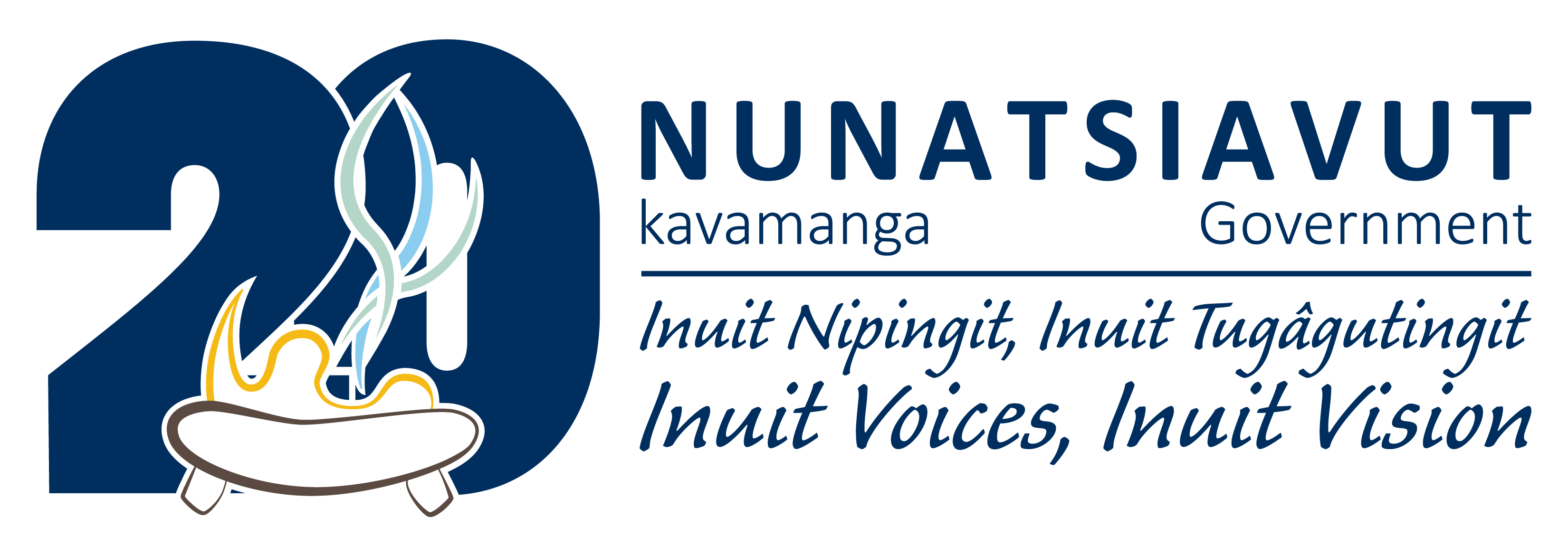The Nanilavut Initiative on Government of Canada Website
Tuberculosis reached epidemic proportions in Canada in the early twentieth century and peaked among Inuit communities during the 1940s to the 1960s. Thousands of Inuit were sent south for treatment under the management of the Government of Canada. Although most returned home, many did not. Many families still do not know what became of loved ones who were sent south.
Many Inuit who died during the epidemic were buried near the southern hospitals and sanatoria where they were treated. Information on patients, whether living or deceased, was not effectively communicated back to family members.
Nanilavut, Inuktitut for ‘Let’s find them’, is an initiative that will provide a range of supports including:
- project managers in each Inuit Land Claims Organization who will be able to search a database on behalf of family members and provide any information on their loved one
- commemorative events and monuments
- compassionate travel support for family members
- enhancements to gravesites
- health awareness
The database and other supports under the Nanilavut Initiative were guided by the Nanilavut Working Group, comprised of the Government of Canada, Inuit Tapiriit Kanatami, Nunavut Tunngavik Incorporated, Inuvialuit Regional Corporation, Makivik Corporation, Nunatsiavut Government, Qikiqtani Inuit Association, Kitikmeot Inuit Association, Kivalliq Inuit Association, Government of Nunavut, Government of the Northwest Territories and Pauktuutit Inuit Women of Canada.
What the database contains
The Nanilavut database represents years of research. It is a secure and confidential database that contains information on more than 4,500 Inuit who underwent medical treatment during the 1940s to 1960s.
The database can include:
- the name of a specific person
- his or her community of origin
- the hospital or sanatorium where the person was treated
- the date of their death
- the location of the gravesite or cemetery where the deceased was buried
The database contains research gathered from the following sources:
- Library and Archives Canada
- Crown-Indigenous Relations and Northern Affairs Canada
- Health Canada
- Indigenous Services Canada
- provincial and territorial archives
- religious archives
- books and articles
- outreach to hospitals and cemeteries across Canada
- in-person interviews by Nanilavut Working Group members with individuals aware of what happened to family members
Records contained in the Nanilavut database may be incomplete as only partial records exist. Many of the records were scattered, incomplete, lost or even destroyed. There will be some instances where the database will have no information about the family member from the past tuberculosis era.
Cathy Ford
Nanilavut Project Manager
Phone: 709-923-2345
Email: cathy.ford@nunatsiavut.com
-
Department Overview
Focused on the health of both our people and our heritage, numerous programs have been developed by this department’s divisions to promote and preserve that which makes us unique.
-
Culture / Language
Through a number of programs and initiatives, the centre is able to provide the resources necessary for our youth and adults to develop a pride and passion for who they are.
-
Archaeology and Heritage
As one of the original inhabitants of Canada, our people have a great history that we wish to both preserve and promote.
-
Tourism
We are proud of the home of our people, and we aim to showcase its beauty to the world through a number of initiatives that develop both our economy and our culture.
-
The Nanilavut Initiative
Nanilavut means “Let’s find them,” in Inuktitut. This program helps Inuit families find information on loved ones sent away during the tuberculosis epidemic of the 1940s to the 1960s. Some of whom never returned.
- Indigenous Languages Component Nunatsiavut Government Funding

